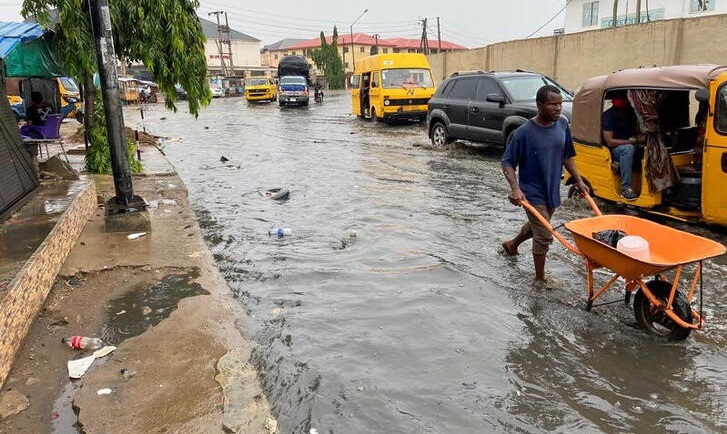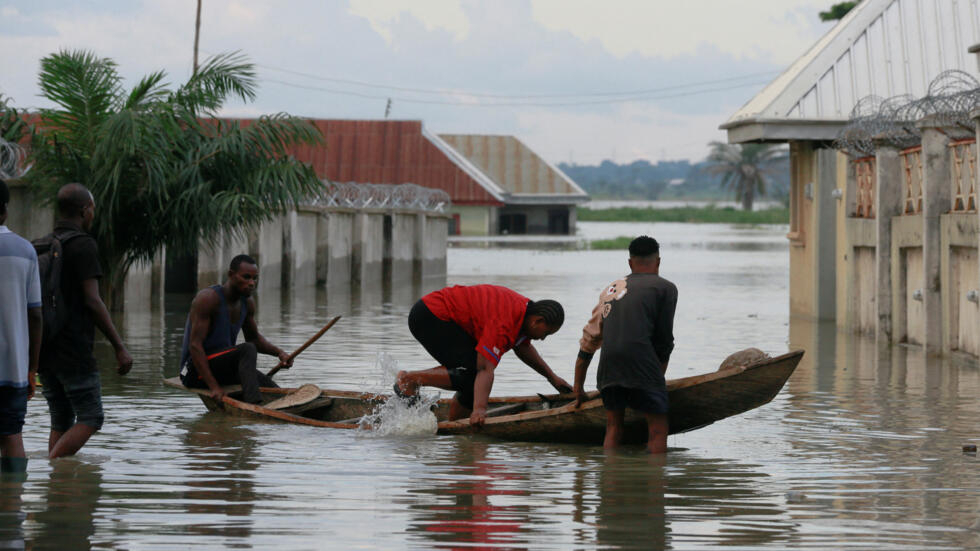Devastating floods have swept through northeastern Nigeria, leaving at least 49 people dead and displacing tens of thousands, the National Emergency Management Authority (NEMA) reported on Monday. The disaster underscores the growing climate challenges facing Africa’s most populous nation as it enters the peak of its rainy season.

NEMA spokesperson Manzo Ezekiel confirmed that three states – Jigawa, Adamawa, and Taraba – have borne the brunt of the deluge, with a staggering 41,344 individuals forced from their homes. The floods have submerged vast swathes of land, including crucial agricultural areas, exacerbating concerns over food security in a country already grappling with soaring inflation rates.
“We are just entering into the peak of the season, particularly in the northern part of the country, and the situation is very dire,” Ezekiel told Reuters, hinting at the potential for further devastation in the coming weeks.
The floods have wreaked havoc on approximately 693 hectares of farmland, dealing a significant blow to Nigeria’s agricultural sector. This destruction comes at a critical time when the country is battling double-digit inflation, largely driven by escalating food prices. The agricultural crisis is further compounded by ongoing security challenges in the northeast, where militant attacks have forced many farmers to abandon their lands.

The current disaster evokes painful memories of last year’s catastrophic floods, which were deemed the worst in over a decade. Those floods claimed more than 600 lives, displaced around 1.4 million people, and obliterated 440,000 hectares of farmland. The recurrence of such severe flooding raises urgent questions about Nigeria’s disaster preparedness and climate resilience strategies.
Adding to the concern, NEMA warned that the situation could worsen in the coming weeks. Ezekiel noted, “We also have information about the high tide in the upper countries of the River Niger before Nigeria. All of these are flowing towards Nigeria. We are beginning to see a manifestation of our predictions.”
The Nigerian government’s flood outlook for this year had already sounded alarm bells, indicating that 31 out of the country’s 36 states were at risk of experiencing “high flood” conditions. This prediction appears to be materializing, with the northeastern states bearing the initial brunt of the disaster.



